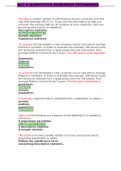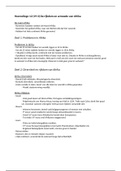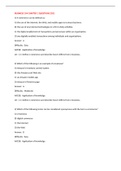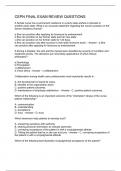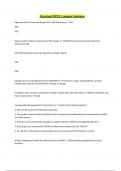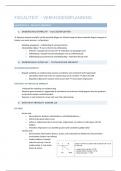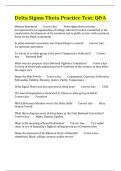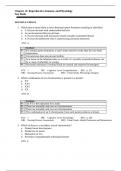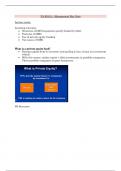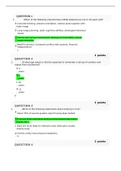Tentamen (uitwerkingen)
ALC 9 Quantitative Research Techniques
- Vak
- Instelling
-You take a random sample of 100 students at your university and find that their average GPA is 3.1. If you use this information to help you estimate the average GPA for all students at your university, then you are doing what branch of statistics? Descriptive statistics Inferential statistics...
[Meer zien]
